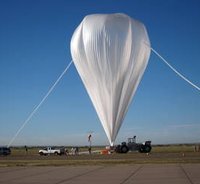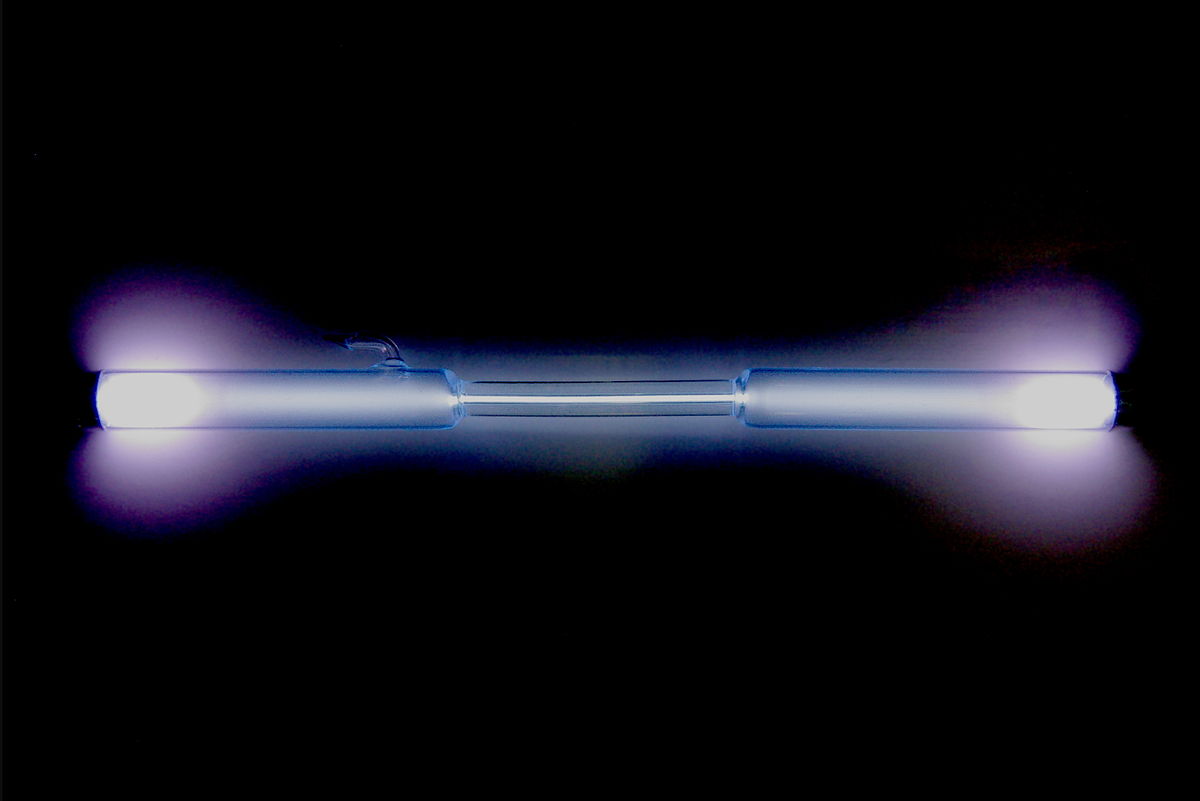
Earth’s stratosphere (20 to 50 km above sea level) mimics the harsh surface conditions on Mars – ultralow pressure and temperature paired with ultrahigh radiation and dryness. Unlike Mars, however, the stratosphere is accessible and affordable to reach via large scientific balloon flights. Our NASA team recently designed, built and flew an autonomous balloon payload, Exposing Microorganisms in the Stratosphere (E-MIST), launched from New Mexico in August 2014 and again in September 2015. On each test flight, the E-MIST payload carried a highly-resilient, spore-forming bacterial strain (originally isolated from a NASA spacecraft assembly facility) to the stratosphere for long duration exposures. Since we know bacteria can travel to the Red Planet onboard spacecraft, their persistence and response in a Mars analog environment provides valuable information for mission planners. Preliminary E-MIST results will be presented and we will discuss how the Earth’s stratosphere can be used to cost-effectively address other open questions in astrobiology.
 Getting Under Europa’s Skin
Getting Under Europa’s Skin Tracing Formation and Evolution of Outer Solar System Bodies Through Stable Isotopes and Noble Gas Abundances
Tracing Formation and Evolution of Outer Solar System Bodies Through Stable Isotopes and Noble Gas Abundances Photosynthesis, a Planetary Revolution
Photosynthesis, a Planetary Revolution Xenon: King of the Gases
Xenon: King of the Gases